If you appreciate beers on the firmer side, you have most likely heard of bock beer. Though its name sounds simple enough, this type of beer is more than meets the eye. Bock beers are fascinating, and if you want to appreciate and enjoy them properly, a good background will help.
Bock Beer Overview
| Alcohol Content (ABV) | 6% to 7% |
| Carbonation | 2.2-2.9 vols |
| Fermentation | bottom fermented |
| Flavors from fermentation | Rich and nutty |
| Hop flavor | Light |
| Hop aroma | Subtle |
| Malt | Toasted, nutty |
| Sourness | None |
Bock beers are known for their malt. If you happen to hear a stereotype about it, it would be about their malt. Bock beer’s appearance is often a shade or two deeper in color. So, if you have keen eyes on color, they are easy to distinguish compared to lighter-colored beers.
Depending upon the area of its origin, bock beer can range in color from gold to dark brown. While it might be hard to pinpoint whether it’s bock beer through its color alone, it is easily recognizable by its more intense wheat flavors, rich body, and subtle sweetness.
On the other hand, while different types of beer can be cloudy, bock beers are clear from these cloudy formations. Beers that undergo bottom fermentation, like bock beers, tend to have a solid flavor profile. This means bock beers are more resilient and likely to retain freshness for longer compared to other types of beers.
This type of beer has a hearty malt flavor. Its malt is beautifully paired with the perfect amount of hop bitterness, counteracting the malty sweetness.
If you prefer sweeter beer, then bock beers can be the one to satisfy your palate. In fact, Classic bocks have high levels of sweetness paired excellently with prominent overtones of roasted almonds, which helps to keep the sweetness in check.
Bock beer and the intricacies of its notes, hints, and stronger flavors, can easily be paired with various dishes. While some types may have higher alcohol levels, the flavors are still top-notch and distinguishable.
History of Bock Beer
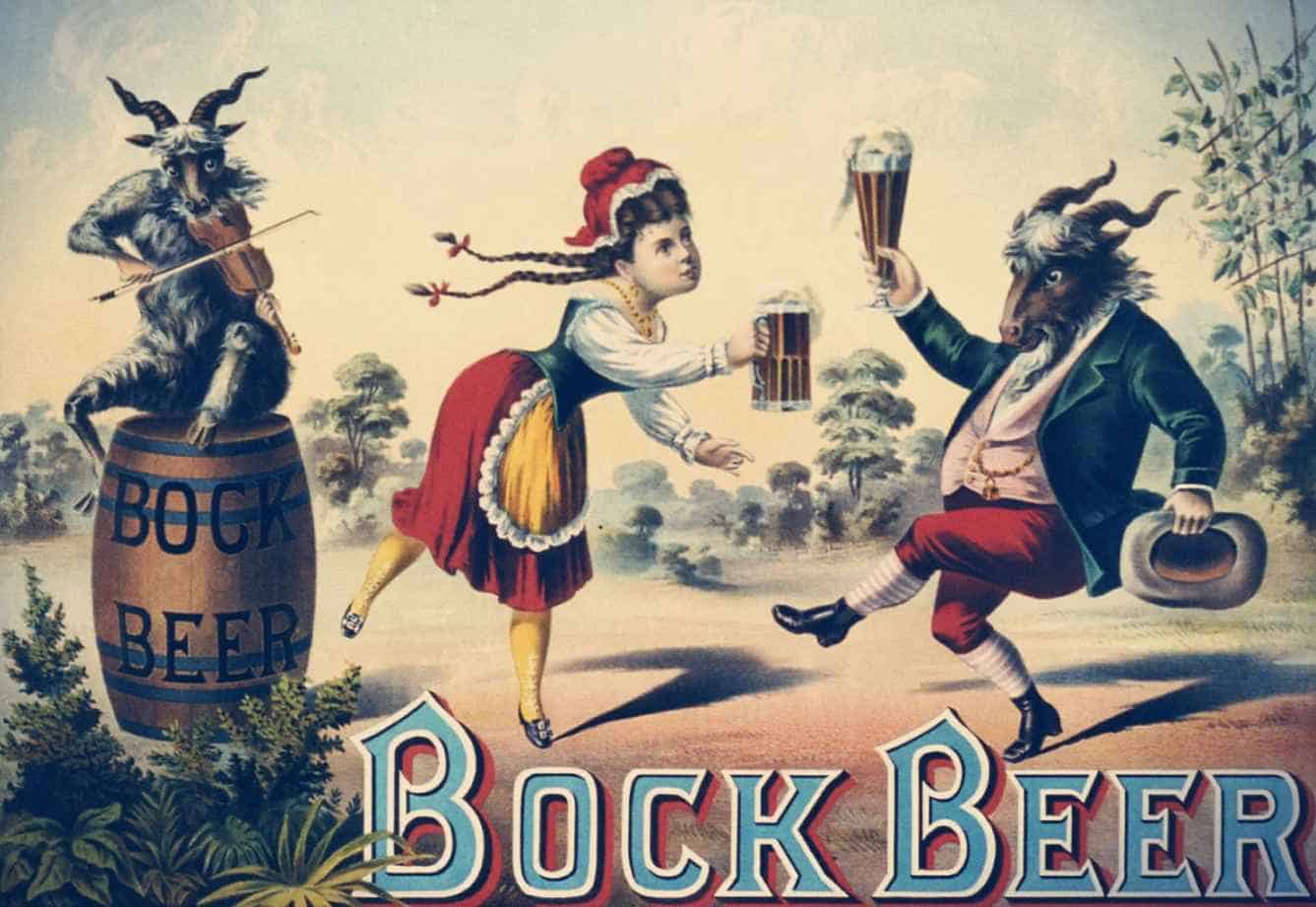
While there are no official accounts of how bock beer came to be, enough evidence shows that it has existed for a long time, dating back to the Middle Ages.
Einbeck, a city in Northern Germany, is widely credited as the birthplace of bock beer. This beer was initially produced in Einbeck, and as it grew, it spread to Munich and, later on, made a name for itself in many places.
The name bock beer easily comes off your lips, so that you might wonder, Why is it called bock beer? Where does this name come from?
In the local Bavarian dialect, the word Einbeck is pronounced and originally heard as Einbock. And this is how the ‘bock’ from bock beer caught on. Later on, as the name spread, it was shortened, most probably for convenience.
When you see bock beers in their bottles, cans, containers, or barrels, you will notice a recurring image of a goat.
This pattern stems from the German word “einbock,” which translates to ‘billy goat.’ In due time, the term “bock” came to be used to refer to beers with exceptionally high alcohol content. And so, when people want something strong, bock beers are on the list of their prospects.
Bock beers are lagers; to put it bluntly, lagers are some of the most difficult to brew. Their light, refreshing flavor doesn’t provide much of a mask for minor to major errors in the process.
And so, it’s one of the beers that requires thorough care. Brewers see bock as challenging to make, so good bock beers should be appreciated.
Bock Beer Styles
Bock is at the top of the list when it comes to full-bodied and malty beers produced in Germany. If you are interested and would want to delve into its intricacies, there is more than one variety available for your drinking pleasure. Here are the main styles of bock beers that you shouldn’t miss.
Doppelbock
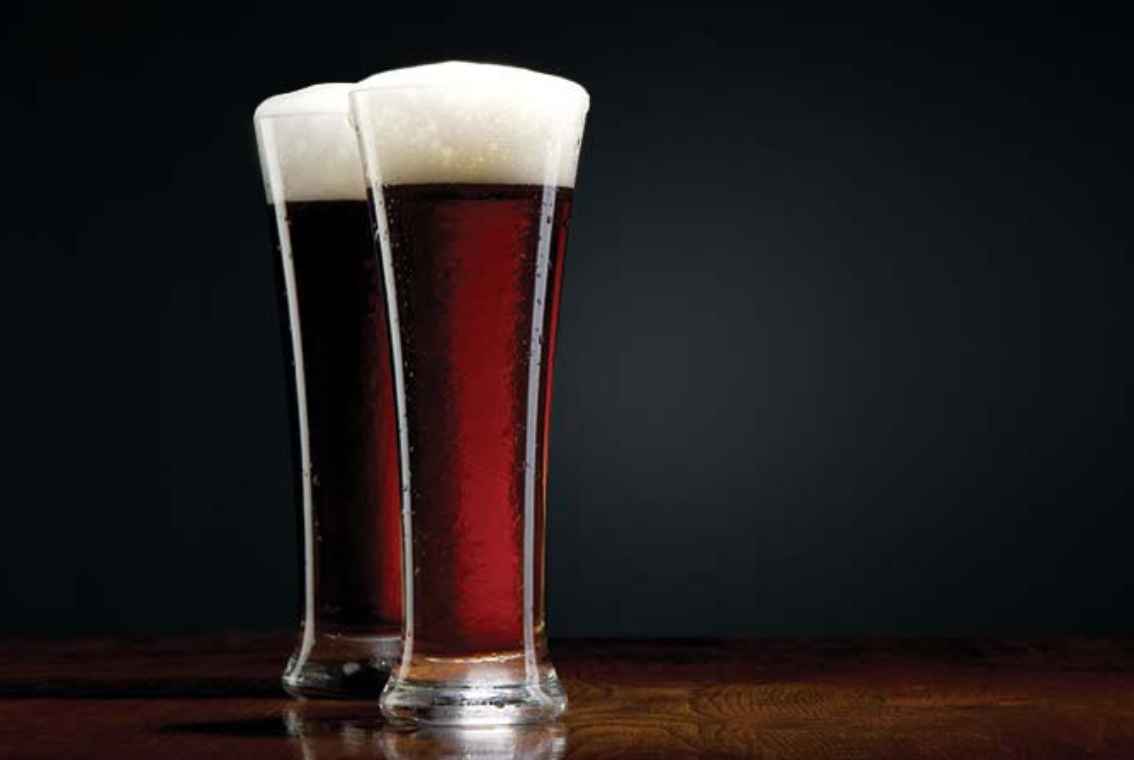
Doppel means double, so you might have an initial idea of what this type of bock beer offers. To confirm, doppelbock refers to more prominent and fuller body bock beers.
They are more intense compared to the lighter German bock beer styles. Basically, most of its features are higher, including alcohol content and its malty flavor. A brief history of this beer includes the Paulaner monks and how they created it to break their fast during Lent.
Doppelbocks have a predominance of malty sweetness. While it’s known to be sweet, the sweetness is not overwhelming, and it does not overpower and feel too sugary for your good. Its malt profile has a gently toasted profile. You can also find hints of prune and raisin.
Eisbock
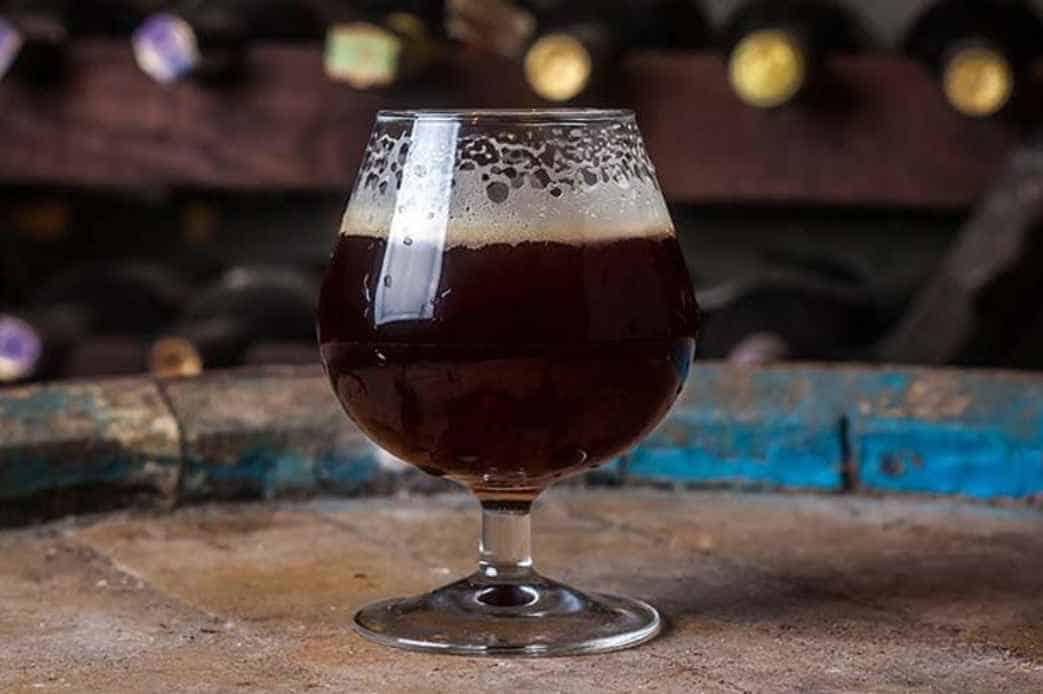
Eisbock undergoes a unique process called freeze distillation. This freezing procedure separates the water from the other ingredients in the beer. With this process, Eisbock attains a higher alcohol level while simultaneously increasing the intensity of the flavors.
Maibock
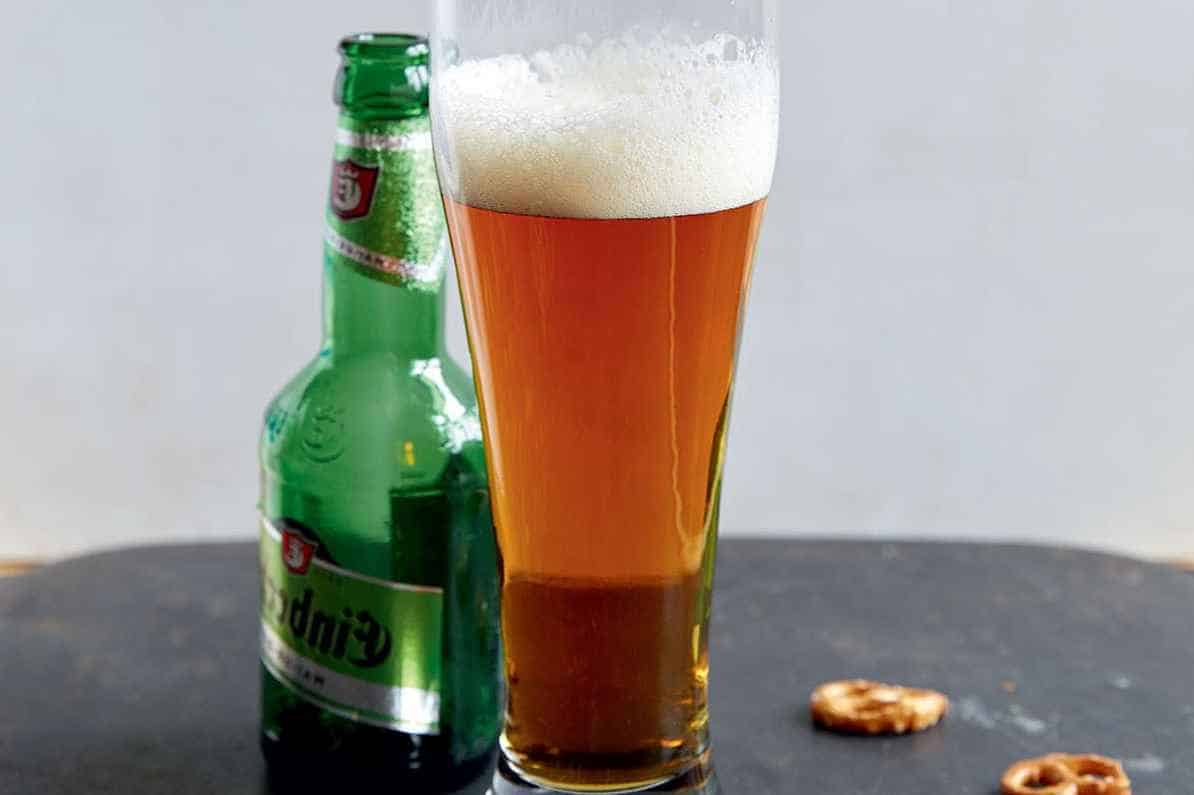
This type is one of the most harmonious types of bock beer. The predominant use of Pilsner malt produces meeker flavors. Maibock frequently contains higher levels of hops than a typical bock and its other types. These additional hops boost the liveliness of its overall taste.
Traditional Bock
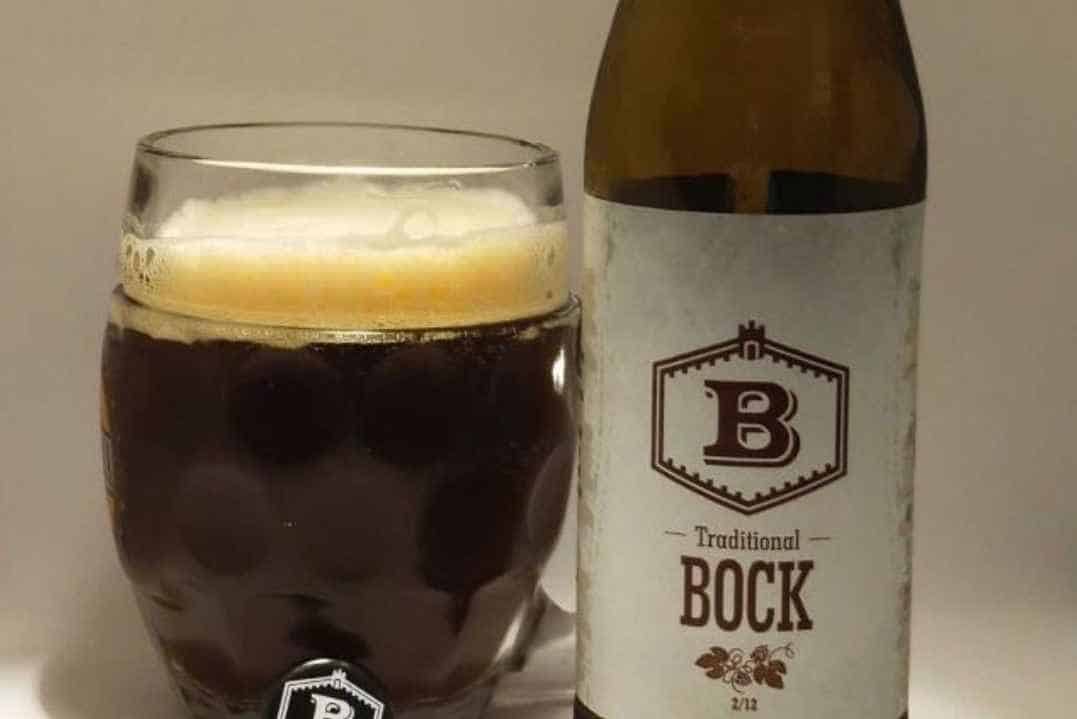
Classic bock beer is typically amber in color. You should expect a high percentage of alcohol and a rich body.
An authentic bock beer will have a soft, pleasant taste and feel in your mouth. This beer usually has a mildly carbonated feel but with no harshness. Traditional bock’s flavor is typically described as nutty and toasted.
Weizenbock
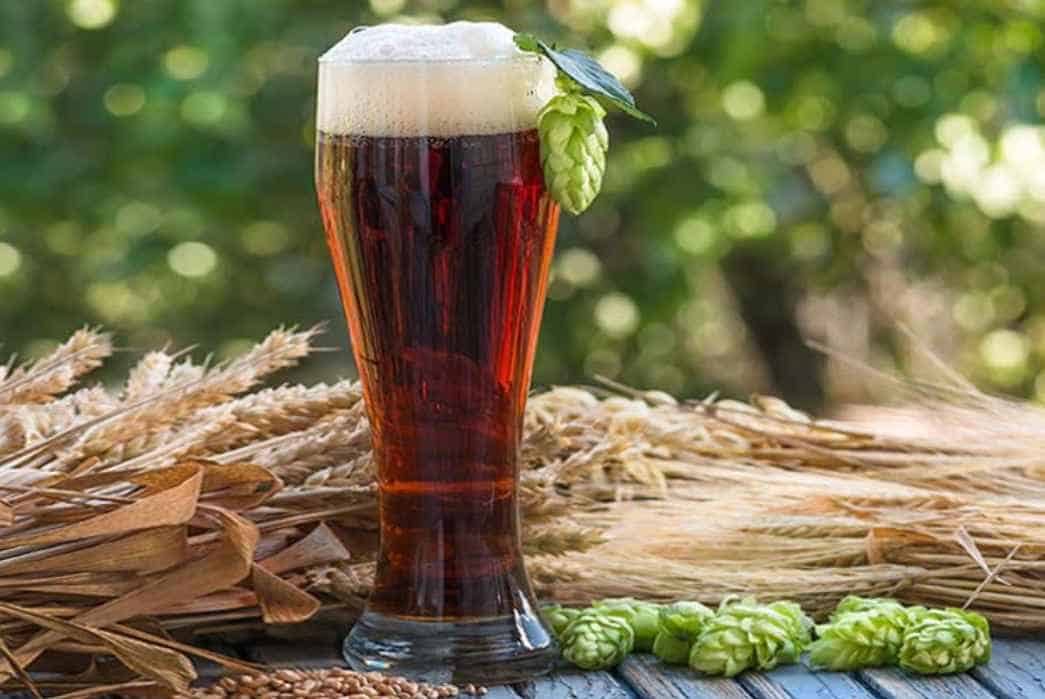
The two main ingredients in Weizenbock are Weizen ale yeast and malt melanoidin. This type of bock beer has a hint of plum flavors. It is usually bready, and the flavors are all balanced by solid carbonation.
If you are not into bitter beers, then you might be inclined to enjoy this bock beer. The aroma is harmonious thanks to combining clove-like phenols and sweet esters with banana notes.
Bock Beer Storage, Serving, and Examples
Bock beers have been on beer lovers’ lists for a long time now, and people have been enjoying festivities and even simple celebrations with them for ages.
Bock beers have a lengthy shelf life; in fact, they can be kept for more than a year when kept in a fridge. This bock beer should be kept between 50 – 55 degrees to maintain its flavors. Bock beers are best served in tulip glasses.
| Bock Type | Serving Temp | Examples |
| Doppelbock | 45-50° F | ● Animator
● Celebrator ● Palmator
|
| Eisbock | 55-60° F | ● Aventinus Eisbock
● Raspberry Eisbock |
| Maibock | 45-55° F | ● Bad Weather Munich Helles
● Elixir Maiboc ● Threes Brewing What Might Have Been |
| Traditional Bock | 45-50° F | ● Butt Head Bock
● Einbecker Ur-Bock Dunkel ● Stegmaier Brewhouse Bock. |
| Weizenbock | 45-55° F | ● Ayinger Weizenbock
● Schneider Weisse Tap 06 ‑ Aventinus ● Weihenstephaner Vitus |
Bock Beer Food Pairings
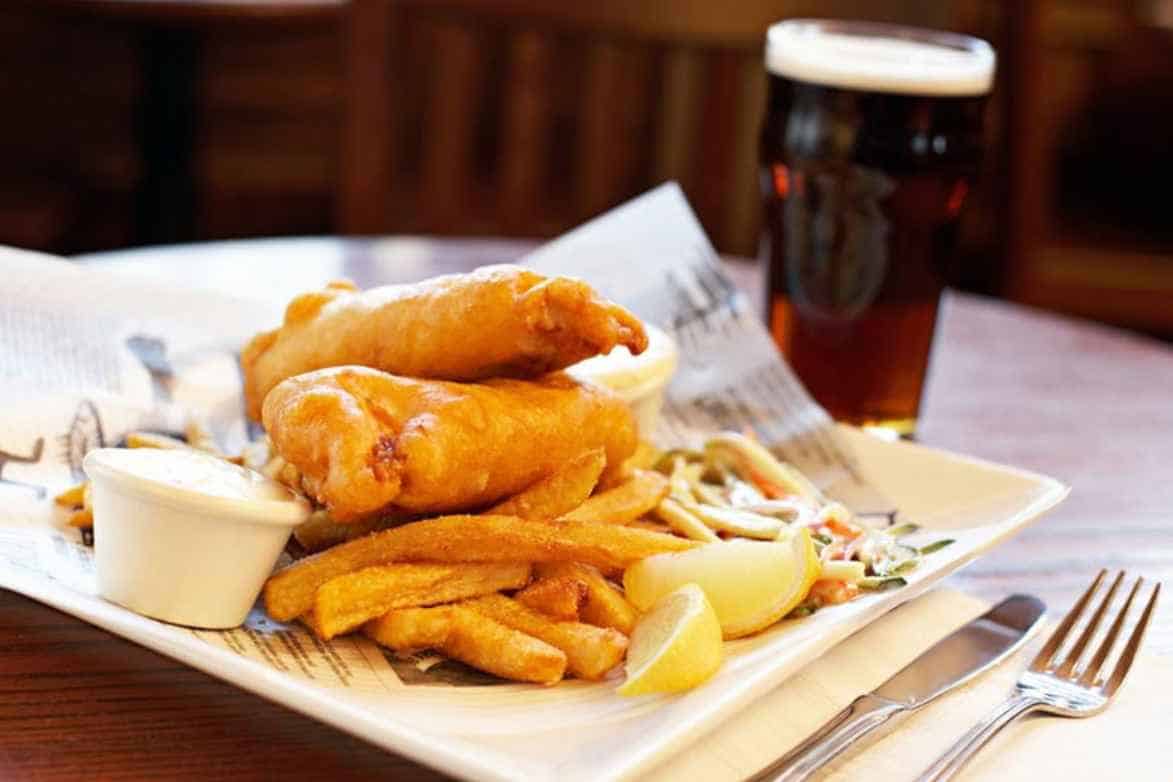
While finding a dish to go with a specific type of beer seems easy, it’s more challenging than expected. As the years pass by, so many different types of beer are also continually made better.
These beers all have their own taste profiles making it difficult and challenging to find the perfect match. To do this, you would need to evaluate carefully and, of course, experience how the flavors dance in your mouth.
Barbecue
The smokiness of a grilled barbecue is excellently complemented by a silky bock. With its perfect harmony of richness and sweetness, bock is the ideal accompaniment for scrumptious grilled fares.
Fried Meat
The crunchy bites are great to balance a smooth finish. Fried meat has been cooked in oil, and bock beer has the right sweetness and acidity that lets its flavors shine. You can always partner your fried meat with your choice of sauce.
Grilled meat
What is a good grilled meat dinner without a glass of bock beer, right? These two go so well with each other because pairing the beautifully marinated and grilled meat allows the spicy and sweet ingredients to match bock beer’s malt.
Having them interact in your mouth creates a tasty start with a smooth finish.
Seared food
The caramelized ingredients, through searing, creates a sweet and savory explosion of flavor in your mouth. The sweetness of the seared ingredients works well with a bit of bitterness brought about by the bock beer. The carbonated feel also helps clean the palate with every refreshing drink.
Swiss cheese
The flavor of Swiss cheese can be described as sweet and mellow. It can also be earthy and nutty. What’s great about this cheese is that it does not compete for attention with the beverage served alongside it.
In the same way, bock beer does not overwhelm the mouth, allowing you to still enjoy both the cheese flavors and the bock variety.
Summary
In the quest to find the best beer for your liking, you would come across bock beers. What more effective way to see if it suits you than knowing what is bock beer, right? Well, if you are a person that likes sweetness alongside the right amount of toastiness, then this beer is for you.
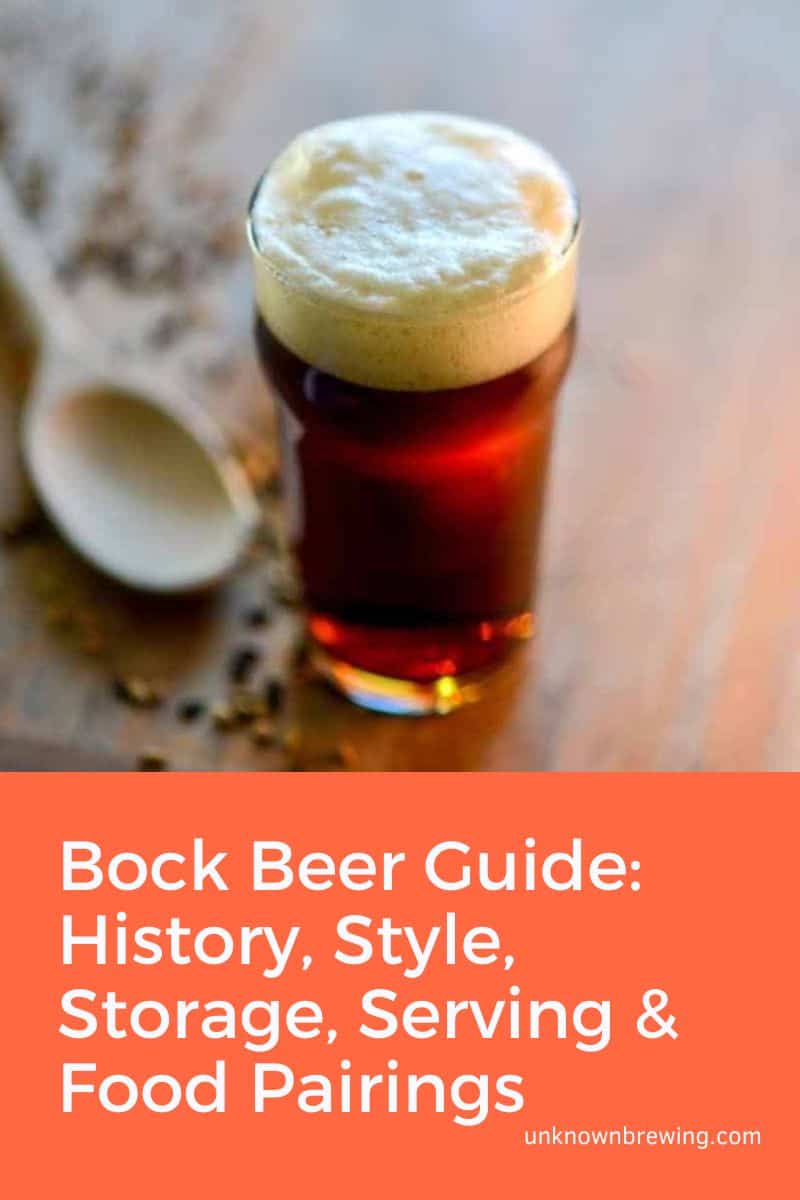

As a homebrewer, Michael would get frustrated about the lack of brewing information on the internet. After hundreds of gallons of spoilt batches, Micheal had enough. And he founded Unknown Brewing as a resource for homebrewers.
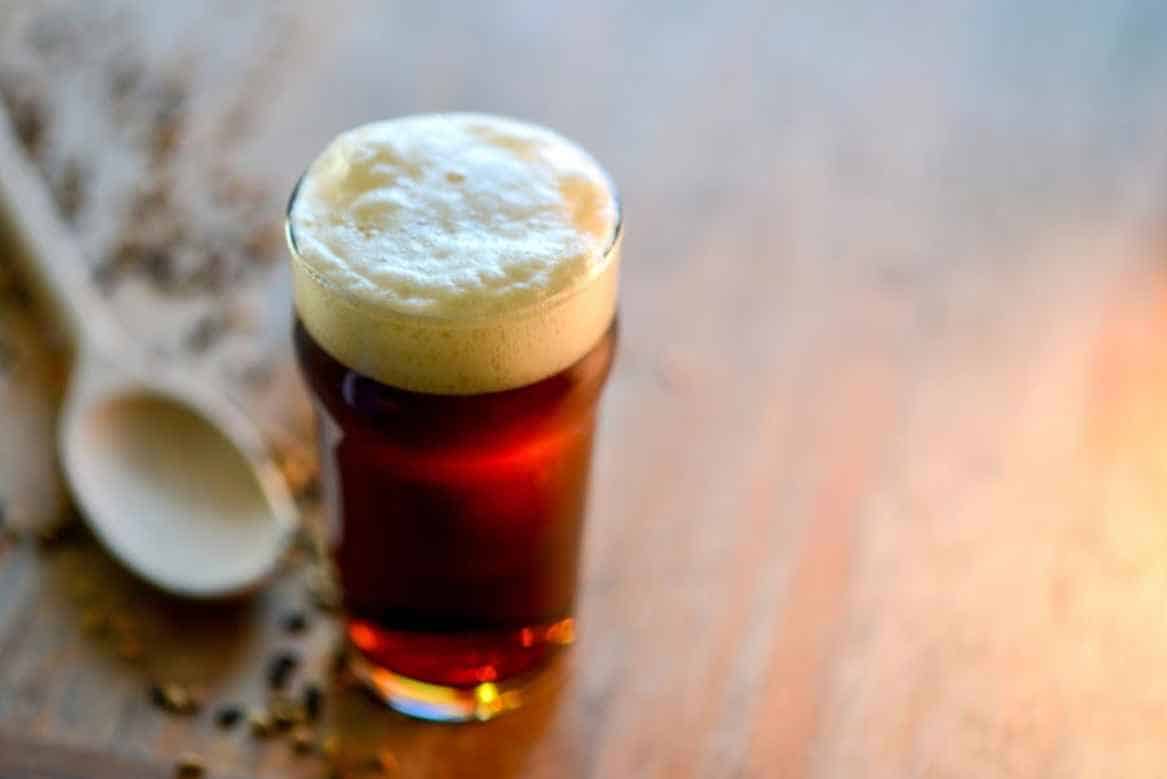
Bock beer is very nice
Thank you for your comment! We’re glad to hear that you enjoy Bock beer. It’s a rich and flavorful style that has a long history and a loyal following among beer enthusiasts.